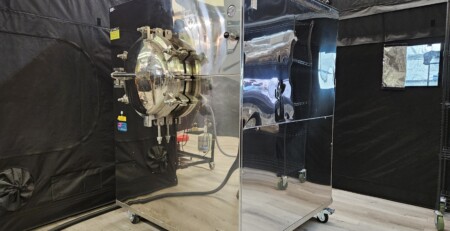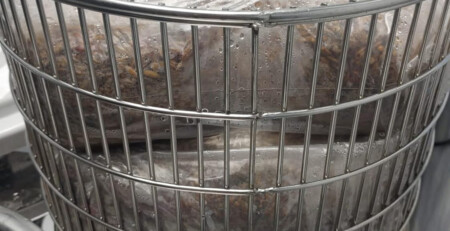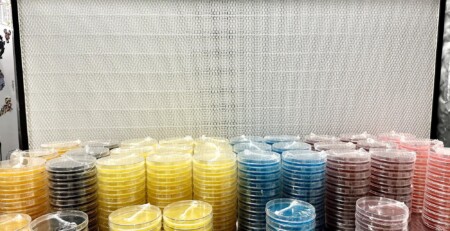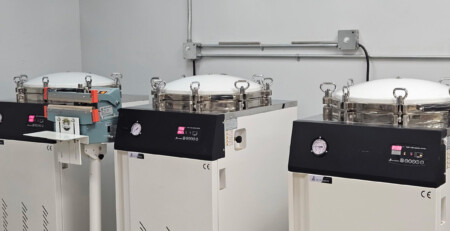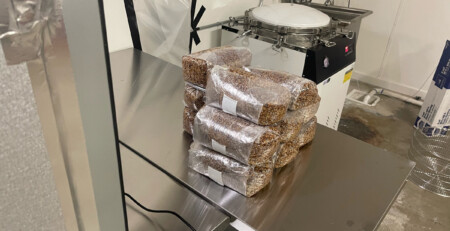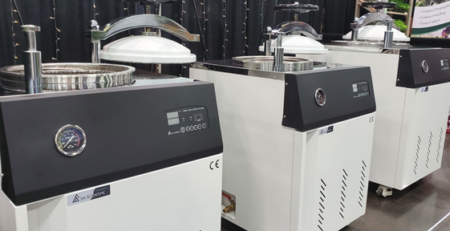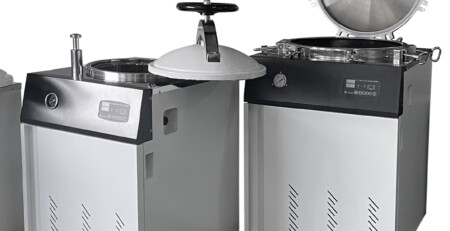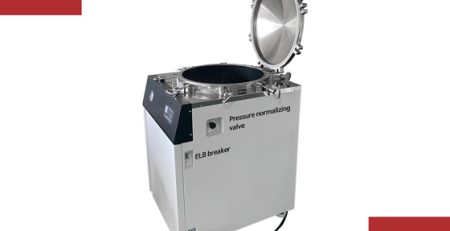Common Autoclave Issues (& What NOT to do)
Autoclave problems can be extremely frustrating and disruptive. Fortunately, many are simple to diagnose.
In our experience supporting our own autoclaves and hearing from scores of customers, it usually comes down to:
- Wear and tear
- Inadequate power supply (Not good if lower than 208V & higher than 240V. Ideally 220V)
- Inadequate maintenance & poor cleaning
- Incorrect usage
- Manufacturing defects (especially common with obscure, discount brands)
This guide will briefly explain the most common issues across manufacturers, to help you get back to your work.
Exercise particular care when working with any electrical and/or pressurized device. Always defer to your autoclave’s manual or manufacturer for specific steps, solutions, and components.
1. Non-technical, but critical. Post-sale Support is not available
What’s the point of having a warranty that you read on the product description before the purchase when you can’t actually get support when things go wrong with your autoclave?
Foreign wholesale websites are replete with autoclaves that look like familiar models and claim similar specs and performance for an unbelievably low price.
Quality aside, their true cost is the lack of service and support.
We’ve fielded numerous calls from customers who bought a too-good-to-be-true autoclave, then found a fault or defect. Upon realizing this, the sellers went radio silent, refusing to acknowledge (let alone resolve) their own quality control issue.
If you’re in that situation, then first off, we’re sorry to hear! Being left high and dry is a big blow to your productivity—and it’s just not right.
Secondly, we may have the parts you need on hand. Some are more universal than others, but our support team will check for safe and suitable options.
Your time is most valuable. Instead of having to deal with all of the hassles due to issues arise, it might be a good idea to partner up with a more reputable brand with actual support in the U.S. Naturally, as a manufacturer, we’d suggest starting with the SH Scientific line. It’s nowhere near the bargain-basement prices of sketchy online marketplaces (and for good reason!) but it may be more affordable than you’d expect.
2. Autoclave Chamber leaks
Explanation: This can occur due to worn-out door gaskets, deteriorating seals, or faulty door hardware.
Action: Identify the site of the leak, which may emit steam or an audible hiss. Replace the faulty component, preferably with an original part from the manufacturer.
Follow a regular inspection and maintenance schedule to avoid or promptly detect future leaks.
3. Autoclave not heating/sterilizing
Explanation: Sterilization depends on adequate pressure and temperature for a sufficiently long time. Your autoclave is either a) losing one of them prematurely or b) not achieving them in the first place.
Action: Test the outlet for adequate voltage. “Adequate” depends on the model, but it’s often a minimum of 208 V and a target of 220 V.
If voltage checks out, then inspect the timer, heating element, and pressure sensors. If possible, test them individually to find the fault component.
4. Long heating times
Explanation: A faulty or underpowered heating element will struggle to reach a sufficient temperature. As mentioned above, the autoclave will fail to sterilize as expected.
Action: Check the voltage at the wall (see above) and remove any scale that has built up. If the issue persists, then contact the manufacturer to replace the heating element.
5. Autoclave error codes
Explanation: Modern autoclaves often display error codes based on built-in diagnostics. They’re usually a few letters and/or numbers on the main display.
Action: Autoclave error codes vary widely by manufacturer. Refer to your manual, or contact the manufacturer if it’s unclear.
Never ignore error codes, even if everything seems to operate normally.
6. Breaker shuts off
Explanation: Misaligned or leaking voltage will cause the circuit to lose power suddenly.
Action: Use a multimeter to check the voltage of the wall outlet that the autoclave is plugged into. If your voltage is higher than the recommended range, contact the manufacturer to a) verify safety and b) request a custom heating element.
If the issue persists, use a multimeter to check the resistance in ohms (Ω) of the heating element. Finally, inspect the breaker itself.
7. Steam released during sterilization phase
Explanation: This suggests clogged ports and/or a loss of vacuum seal.
Action: If your autoclave has a manual steam release valve, then close it snugly. Vacuum out the entire chamber, all ports, and solenoid valve, ensuring nothing is clogged. Inspect the solenoid valve itself for defects.
For many autoclaves, intermittent steam release is normal in the initial heating phase. It’s not normal in the second heating phase, at which time pressure needs to build up.
8. Temperature behaves erratically
Explanation: Autoclaves should ramp up smoothly and maintain a steady temperature. If yours doesn’t, then there’s probably a calibration issue.
Action: SH Scientific autoclaves have “auto-tuning” function that automatically smooths out temperature fluctuations. Run an auto-tuning cycle as per the manual, and follow up with the manufacturer if the temperature remains erratic.
9. Damage to door screws/bolts
Explanation: This is usually due to excessive, abrupt, or uneven tightening.
Action: Replace any damaged hardware with original parts before using the autoclave again.
To avoid future damage, always tighten gradually and snugly—never tightly or in a jerking manner. You can also prevent the need for excess force by regularly lubricating door hardware with WD-40 or similar.
Should you have inquiries or encounter any difficulties pertaining to Autoclaves, we cordially invite you to reach out to the esteemed team at SH Scientific. We stand poised and ready to lend our expertise to your service, ensuring your questions find answers and your issues meet effective resolution.


